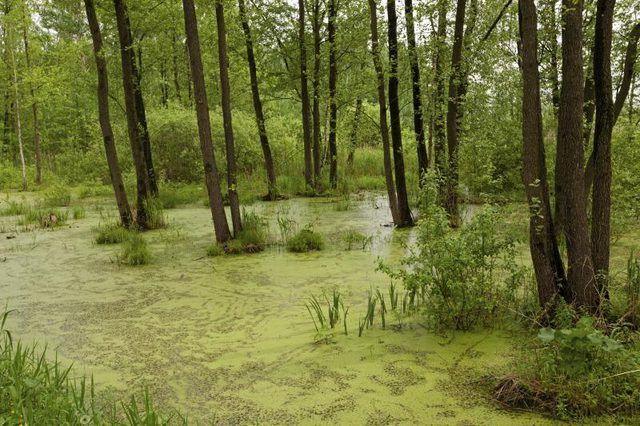Bulbs
Flower Basics
Flower Beds & Specialty Gardens
Flower Garden
Garden Furniture
Garden Gnomes
Garden Seeds
Garden Sheds
Garden Statues
Garden Tools & Supplies
Gardening Basics
Green & Organic
Groundcovers & Vines
Growing Annuals
Growing Basil
Growing Beans
Growing Berries
Growing Blueberries
Growing Cactus
Growing Corn
Growing Cotton
Growing Edibles
Growing Flowers
Growing Garlic
Growing Grapes
Growing Grass
Growing Herbs
Growing Jasmine
Growing Mint
Growing Mushrooms
Orchids
Growing Peanuts
Growing Perennials
Growing Plants
Growing Rosemary
Growing Roses
Growing Strawberries
Growing Sunflowers
Growing Thyme
Growing Tomatoes
Growing Tulips
Growing Vegetables
Herb Basics
Herb Garden
Indoor Growing
Landscaping Basics
Landscaping Patios
Landscaping Plants
Landscaping Shrubs
Landscaping Trees
Landscaping Walks & Pathways
Lawn Basics
Lawn Maintenance
Lawn Mowers
Lawn Ornaments
Lawn Planting
Lawn Tools
Outdoor Growing
Overall Landscape Planning
Pests, Weeds & Problems
Plant Basics
Rock Garden
Rose Garden
Shrubs
Soil
Specialty Gardens
Trees
Vegetable Garden
Yard Maintenance
What Is the Difference Between Bogs & Fens?
What Is the Difference Between Bogs & Fens?. Although the terms are often used interchangeably, fens and bogs are not the same thing. Although both are types of wetlands, the ways that they collect water are different and result in different chemical compositions that affect which plants and other life forms are found there.

Although the terms are often used interchangeably, fens and bogs are not the same thing. Although both are types of wetlands, the ways that they collect water are different and result in different chemical compositions that affect which plants and other life forms are found there.
Bogs
Bogs are low-lying areas that collect water when it rains or snows. These areas are not fed by other sources of water and so the water that collects in them tends to stagnate, becoming acidic and low in oxygen. This combined with the lower temperatures in bog kills bacteria, causing dead plants and animals to decay slowly. In addition to sphagnum moss (Sphagnum spp.), plants that thrive in bogs include waterlilies (Nymphaea spp.), cranberries (Vaccinium oxycoccos) and pickerel weed (Pontederia spp.). These plants grow in U.S. Department of Agriculture plant hardiness zones 2 thorough 10, USDA zones 3 through 11, USDA zones 2 through 6, and USDA zones 3 through 10, respectively. Frogs, turtles, salamanders and insects also live in bogs but fish are rare because of the low levels of oxygen in the water.
Fens
Fens are similar to bogs but, in addition to collecting snow and rainwater, are fed by small underground streams and groundwater. This makes the water in fens less acidic and more oxygen-rich. Because of this, they support more rodents, including shrews and voles, as well as more insects and insect-eating birds than bogs. Fens are more likely to have fish. Fens in USDA hardiness zones 2 through 7 are perfect for growing showy lady's slipper flowers (Cypripedium reginae). Fens also support various reeds (Phregmites spp.) and sedges (Carex spp.). Depending upon varieties, sedges grow in USDA hardiness zones 3 through 9 while reeds grow in USDA zones 3 through 11.